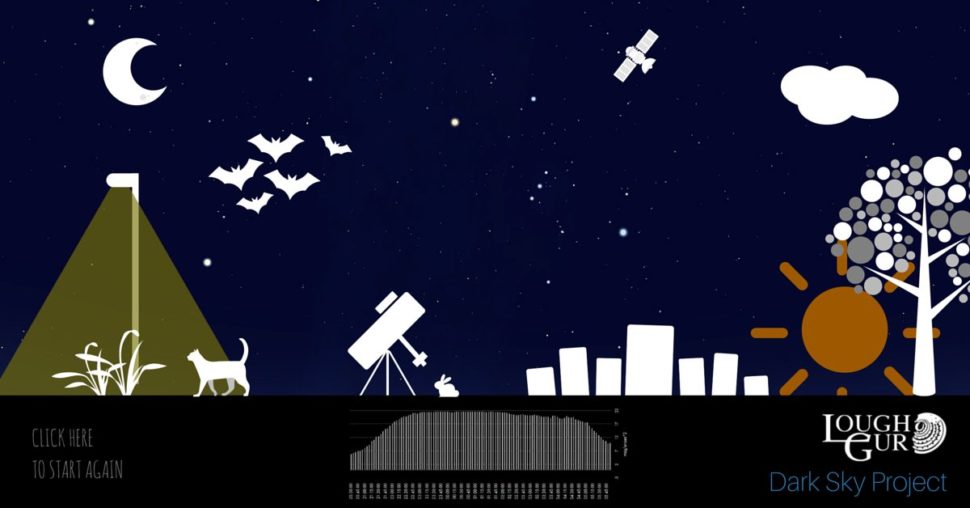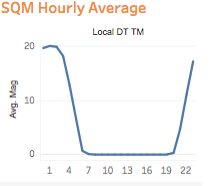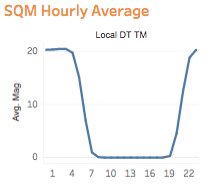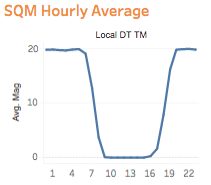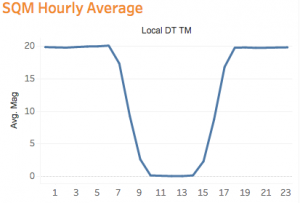Return to the Dark Sky Project
There is More to Twilight than you Think
Believe it or not there are varying degrees of twilight each day, defined by the US National Weather Service as follows:
Civil Twilight
Begins in the morning, or ends in the evening, when the geometric center of the sun is 6 degrees below the horizon. Therefore morning civil twilight begins when the geometric center of the sun is 6 degrees below the horizon, and ends at sunrise. Evening civil twilight begins at sunset, and ends when the geometric center of the sun is 6 degrees below the horizon. Under these conditions absent of fog or other restrictions, the brightest stars and planets can be seen, the horizon and terrestrial objects can be discerned, and in many cases, artificial lighting is not needed.
Nautical Twilight
Begins in the morning, or ends in the evening, when the geometric center of the sun is 12 degrees below the horizon. In general, the term nautical twilight refers to sailors being able to take reliable readings via well known stars because the horizon is still visible, even under moonless conditions. Absent of fog or other restrictions, outlines of terrestrial objects may still be discernible, but detailed outdoor activities are likely curtailed without artificial illumination.
Astronomical Twilight
Begins in the morning, or ends in the evening, when the geometric center of the sun is 18 degrees below the horizon. In astronomical twilight, sky illumination is so faint that most casual observers would regard the sky as fully dark, especially under urban or suburban light pollution. Under astronomical twilight, the horizon is not discernible and moderately faint stars or planets can be observed with the naked eye under a non light polluted sky. But to test the limits of naked eye observations, the sun needs to be more than 18 degrees below the horizon. Point light sources such as stars and planets can be readily studied by astronomers under astronomical twilight. But diffuse light sources such as galaxies, nebula, and globular clusters need to be observed under a totally dark sky, again when the sun is more than 18 degrees below the horizon.
Seasonal Variations
At varying times of the year, for example the summer solstice, the night sky will not get any darker than Astronomical Twilight. These seasonal variations can be observed in our dark sky data. The following four graphs represent the average dark sky readings across four months from June to December
- High readings indicate night (dark sky).
- Low readings (zero) represents daylight.
- The breath of the curve represents the length of the day. Across the four
- Across the four months, June has the longest day and December with the shortest.
JUNE 2016
|
AUGUST 2016
|
OCTOBER 2016
|
DECEMBER 2016
|
Explore our Data
Have fun exploring our Dark Sky data for yourself, click here to view and explore our interactive data charts.

